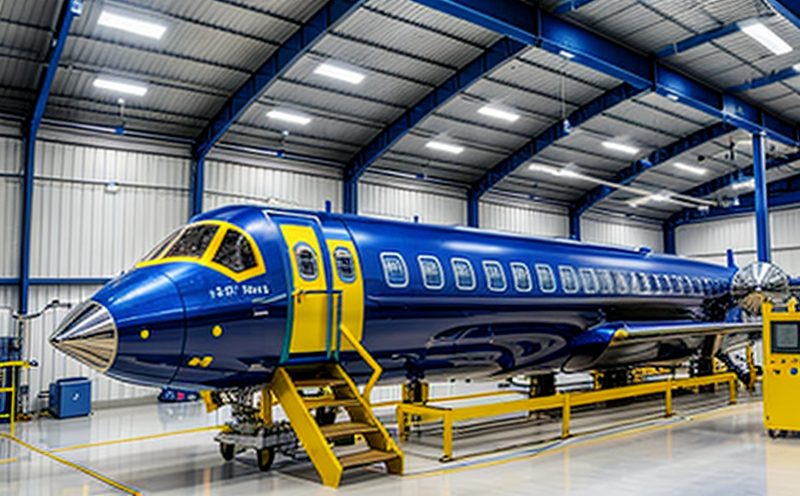Methods for pressure differential testing in aerospace systems
Methods for Pressure Differential Testing in Aerospace Systems Ensuring Reliability and Safety
In the aerospace industry, reliability and safety are paramount. With increasingly complex systems and stringent regulations, companies must ensure their products meet the highest standards of performance and durability. One critical aspect of ensuring this is pressure differential testing (PDT), a specialized laboratory service provided by Eurolab that simulates real-world conditions to evaluate the integrity of aerospace components.
What is Pressure Differential Testing?
Pressure differential testing is a non-destructive method used to determine the structural integrity of materials and systems under various pressures. In aerospace applications, PDT is employed to assess the ability of aircraft parts, engines, and other components to withstand extreme pressure differences that may occur during flight or in emergency situations.
Why is Pressure Differential Testing Essential?
Pressure differential testing is crucial for several reasons
Ensuring Reliability By simulating real-world conditions, PDT helps companies identify potential weaknesses in their products, allowing them to make necessary improvements and ensure reliability.
Meeting Regulatory Requirements PDT is a key component of many regulatory standards, including those set by the Federal Aviation Administration (FAA) and the European Aviation Safety Agency (EASA).
Reducing Costs By identifying and addressing issues early on, companies can avoid costly rework and redesign efforts.
Key Benefits of Methods for Pressure Differential Testing in Aerospace Systems
Here are some key benefits of using PDT in aerospace applications
Improved Product Design PDT helps engineers design products that meet or exceed performance requirements.
Enhanced Safety By identifying potential weaknesses, companies can take steps to prevent accidents and ensure the safety of passengers and crew.
Increased Efficiency PDT streamlines the development process by reducing the need for costly rework and redesign efforts.
What are the Methods for Pressure Differential Testing in Aerospace Systems?
Eurolab employs a range of methods for pressure differential testing, including
Burst testing This method involves applying a high-pressure gas to a component or system until it fails, providing a measure of its burst strength.
Leakage testing In this method, the component or system is subjected to a controlled pressure difference to detect any leaks or weaknesses.
Creep testing Creep testing involves applying a sustained pressure over an extended period to evaluate the materials ability to withstand creep deformation.
How Does Eurolab Conduct Pressure Differential Testing?
At Eurolab, our experienced technicians and engineers conduct PDT using state-of-the-art equipment and following rigorous quality control procedures. Our services include
Instrumentation We provide high-precision instrumentation, including pressure gauges, transducers, and data acquisition systems.
Test Design Our team designs and executes test protocols tailored to meet specific client requirements.
Data Analysis We analyze test data to provide detailed reports on component or system performance.
QA Pressure Differential Testing in Aerospace Systems
Here are some frequently asked questions about PDT in aerospace applications
What is the difference between burst testing and leakage testing?
How can I ensure my company meets regulatory requirements for PDT?
Can PDT be used to test aircraft engines?
How do I know if my product requires PDT?
Conclusion
Methods for pressure differential testing in aerospace systems are an essential tool for companies looking to ensure the reliability and safety of their products. By simulating real-world conditions, Eurolabs PDT services help identify potential weaknesses and enable companies to make necessary improvements.
At Eurolab, we understand the importance of this service and are committed to providing high-quality, expertly executed testing that meets or exceeds client expectations. Contact us today to learn more about how we can support your aerospace testing needs.




